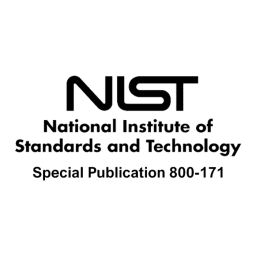NIST 800-171

Summary
NIST Special Publication 800-171 named Protecting Controlled Unclassified Information in Nonfederal Systems and Organizations, provides agencies with recommended security requirements for protecting the confidentiality of controlled unclassified information (CUI) when the information is resident in nonfederal systems and organizations. The version used in this section is SP 800-171 revision 2, January 2021.
Definitions

Free trial
Search for vulnerabilities in your apps for free with Fluid Attacks' automated security testing! Start your 21-day free trial and discover the benefits of the Continuous Hacking Essential plan. If you prefer the Advanced plan, which includes the expertise of Fluid Attacks' hacking team, fill out this contact form.